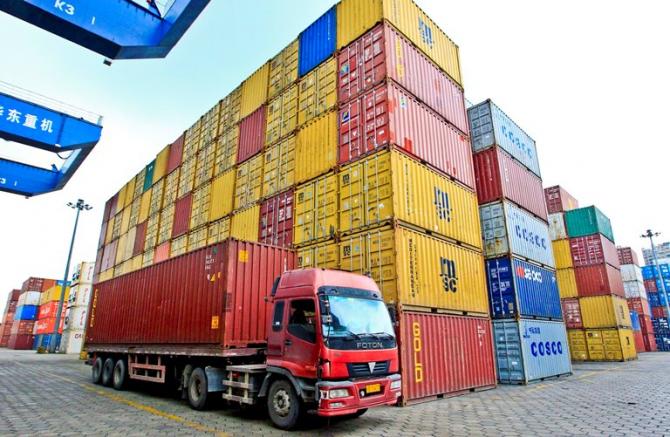
Responding to the problem, eBay set up a pilot program to help eliminate the barriers. For a preselected group of merchants, it made listings available to a global customer base and then undertook steps to ease reluctance among both buyers and sellers by providing full transparency on what it would cost to ship goods and when they would arrive. It worked through shipping issues and facilitated communication among people who spoke different languages. Preliminary results indicate that making these improvements could lead to a 60 percent to 80 percent increase in cross-border activity among these Internet-enabled small businesses. Given the global importance of small companies in terms of job creation and economic activity, the broad benefits of such an increase in trade activity would be substantial.
What companies can do right now
While governments can help reduce supply chain barriers, companies can’t afford to wait. As a business matter, they must make investments in their global operations right now to remain competitive. Recognizing the importance of “hidden” supply chain costs, leading companies are incorporating more rigorous due diligence into their decisions about where to produce and sell their wares. For executive teams, the report’s findings offer important insights on key areas to consider when analyzing the true costs of doing business in a particular country or region.
Even large companies often fail to anticipate the costs and risks imposed by supply chain barriers. No central data bank exists that can tell an executive team how long its products are likely to be delayed at a given border or what the average speed of trucks is along a specific shipping route or transportation corridor. Yet leaving barrier-related costs out of the equation could open companies to hidden costs that significantly erode returns.
One apparel company established operations in Madagascar, for instance, only to find that supply chain barriers seriously limited its opportunity there. The company was initially attracted by the country’s low labor costs and proximity to high-quality African cotton suppliers. But its products are frequently delayed at the border and moving finished goods the 330 miles from mill to port takes 14 hours — not bad compared with many African countries but far longer than comparable supply routes in Asia. These supply chain costs completely offset Madagascar’s labor-cost advantage and undermine the company’s ability to compete in segments of the “fast fashion” business, where speed to market is crucial. Producing some apparel in Madagascar makes sense because the company can ship tariff-free to Europe and compete with Asian producers that still face duties — a reminder that tariffs do still matter. But if those tariffs disappeared, Madagascar would not be competitive.







%20resized.png)
